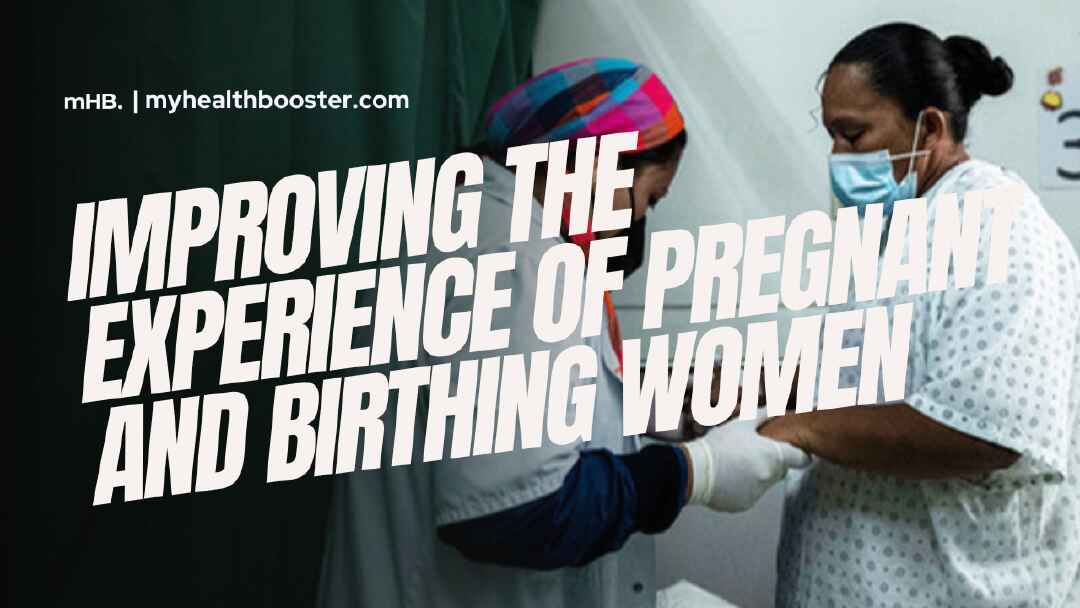Strategies to Eradicate Mistreatment and Enhance Maternal and Newborn Care
A mounting body of evidence underscores the pervasive mistreatment of women in maternal health care settings globally. For years, the World Health Organization (WHO) and the United Nations Development Programme (UNDP)/United Nations Population Fund (UNFPA)/United Nations International Children’s Emergency Fund (UNICEF)/World Bank Special Programme of Research, Development, and Research Training in Human Reproduction (HRP) have meticulously documented this violation of human rights and its profound consequences on health and well-being.
While the WHO guideline on intrapartum care emphasizes the importance of a positive childbirth experience, research into actionable interventions to curtail this mistreatment has been scarce, until now.
HRP, WHO, and their collaborators have unveiled a special series of five papers, published in PLOS Global Public Health, delving into diverse strategies aimed at ending the mistreatment of women during childbirth and promoting respectful care.
Addressing Normalization and Beliefs
The first paper examines interventions to reduce physical and verbal abuse. It uncovers two critical themes: the normalization of violence in society, especially against marginalized groups, and the misguided belief that mistreating women is necessary to reduce clinical harm. Solutions must extend beyond mere staff training and audits. Sustainable shifts in attitudes and beliefs, fostering lasting behavior changes, are imperative. This transformation should permeate all levels of the healthcare and social system, from frontline workers to top management, organizational funders, auditors, community leaders, politicians, and other stakeholders. Such a change, focusing on resisting ‘othering,’ should persist long after formal intervention programs conclude. Utilizing implementation science tools, like the Behavior Change Wheel, can help design tailored interventions for each context.
Combatting Stigma and Discrimination
The second article investigates strategies to reduce stigma and discrimination, a significant facet of women’s mistreatment. While research has described such discrimination in sexual and reproductive healthcare settings, this work aims to find ways to end it. The paper emphasizes the importance of policies in healthcare and equity that measure stigma and discrimination, highlighting that addressing mistreatment is ineffective when stigma and discrimination persist. The paper offers recommendations and a multi-level stigma model for sexual reproductive health and rights, intending to inform actions and implementation research, promoting person-centered care. It acknowledges the need to challenge and dismantle societal conditions, sociocultural norms, and institutional policies influencing stigmatized groups’ opportunities and well-being.
Improving Interpersonal Communication
The third article explores communication strategies to enhance interactions and reduce mistreatment of women. It identifies two main approaches: health worker training and communication tools. While many interventions focus on providing information, incorporating broader communication goals, such as building relationships and involving women and their partners in decision-making, can further enhance the care experience for women, their partners, and their families.
Addressing Organizational Factors
The fourth article delves into how organizational and work environment factors affect mistreatment in low- and middle-income countries. It identifies significant gaps in research regarding multiple work and organizational factors that can influence respectful maternal care. These factors include high workloads, an unbalanced division of work, lack of professional autonomy, low wages, inadequate training, poor feedback and supervision, and workplace violence. Addressing these challenges requires planning for pressures and staff shortages, providing supportive supervision, bolstering resilience through peer support, reshaping leadership, and mitigating workplace violence.
Understanding Power-Related Mistreatment
The fifth paper, a “Critical Interpretive Synthesis,” seeks to deepen understanding of power-related mistreatment of women. It identifies multiple underlying power-related drivers at different societal levels, from intrapersonal to policy. These drivers include lack of knowledge about one’s rights, hierarchies between patients and health workers, discrimination against indigenous women, pressure for health workers to meet performance goals, and lack of accountability for human rights violations. Addressing these drivers necessitates engagement from various stakeholders, including women, communities, the health workforce, and policy-makers.
Collectively, this series acknowledges the promise of powerful interventions but calls for further research, particularly in developing and testing context-specific models for the sustainable implementation of respectful care for all.
Author Insights
Özge Tunçalp, a medical officer at HRP and one of the series’ authors, notes, “These findings inform interventions to improve the quality of care for pregnant and birthing women worldwide.” However, she emphasizes the complexity of the issue and the need for deep systemic change tailored to each context. The authors stress the importance of an implementation research agenda sparked by this series and the need for more research demonstrating the effectiveness of specific strategies to end mistreatment in maternity care and beyond. These findings will play a vital role in informing a new WHO knowledge translation companion for respectful maternal and newborn care, scheduled for publication in 2024, aiming to facilitate enduring positive changes in health systems.
